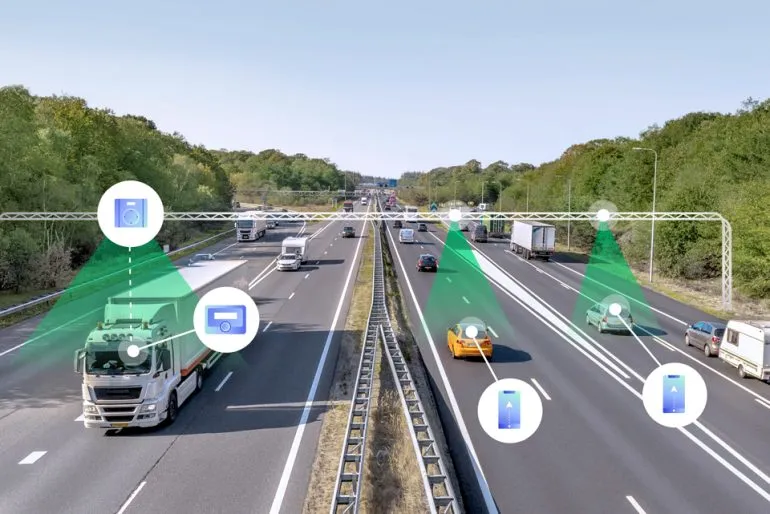Font size:
Print
Food Giants’ Lack of Transparency on Fertiliser Risks
Context:
A new report by Planet Tracker reveals significant gaps in how major food companies disclose the risks associated with fertiliser use, highlighting concerns about environmental sustainability and corporate accountability.
Extent of Non-Disclosure
- One-third of companies are silent: 32% of the world’s largest food companies did not publish a single disclosure on fertiliser risks between 2018 and 2023.
- Limited transparency: Even among those that did, many provided only superficial details, failing to assess financial costs or declining agricultural yields due to fertiliser overuse.
Scope of the Study
- Companies assessed: The report examined 45 major food companies with combined revenues of $2.6 trillion.
- Document analysis: A total of 5,165 filings between 2018 and 2023 were reviewed, containing 2,350 relevant text extracts on fertiliser risks.
- Industries covered: Food producers (upstream), manufacturers (midstream), and retailers (downstream) were assessed.
Environmental Impact of Fertiliser Use
- Excessive fertiliser application: Global fertiliser use is at least twice the required amount for food production, leading to severe environmental consequences.
- Planetary boundaries exceeded: The nitrogen limit is being surpassed by 2-3 times annually, contributing to pollution and ecosystem damage.
- Greenhouse gas (GHG) emissions: Fertiliser production and use account for 5% of global GHG emissions, releasing nitrous oxide, a potent greenhouse gas.
- Water pollution (Eutrophication): Fertiliser runoff leads to nutrient accumulation in water bodies, harming biodiversity and human health.
Kunming-Montreal Global Biodiversity Framework (GBF) Target 7
- Pollution reduction goals: Aims to cut excess nutrient losses by 50% by 2030 to mitigate environmental damage.
- Slow corporate progress: Despite global targets, only 53% of companies addressed pollution reduction in their disclosures.
Corporate Disclosures on Fertiliser Risks
- Limited reporting on emissions: Only 30% of companies disclosed data on fertiliser-related GHG emissions.
- Focus on pollution control: 53% mentioned reducing pollution, and 39% discussed improving agricultural practices like fertiliser management.
- Manufacturers leading disclosures: 81% of midstream companies disclosed fertiliser risks, compared to 69% of upstream (producers) and 54% of downstream (retailers).
Call for Greater Accountability
- Food producers lagging: Companies directly using fertiliser were less likely to report risks compared to food manufacturers.
- Financial institutions urged to act: Investors and regulators should demand better transparency from food producers, given their direct exposure to fertiliser risks.
- Need for comprehensive reporting: Companies must assess and disclose how fertiliser misuse impacts their own operations, supply chains, and financial stability.
Geographic Distribution of Companies
- The companies studied were from 19 countries, with the highest representation from:
- United States: 10 companies (22%)
- United Kingdom, Brazil, and China: 4 companies each


